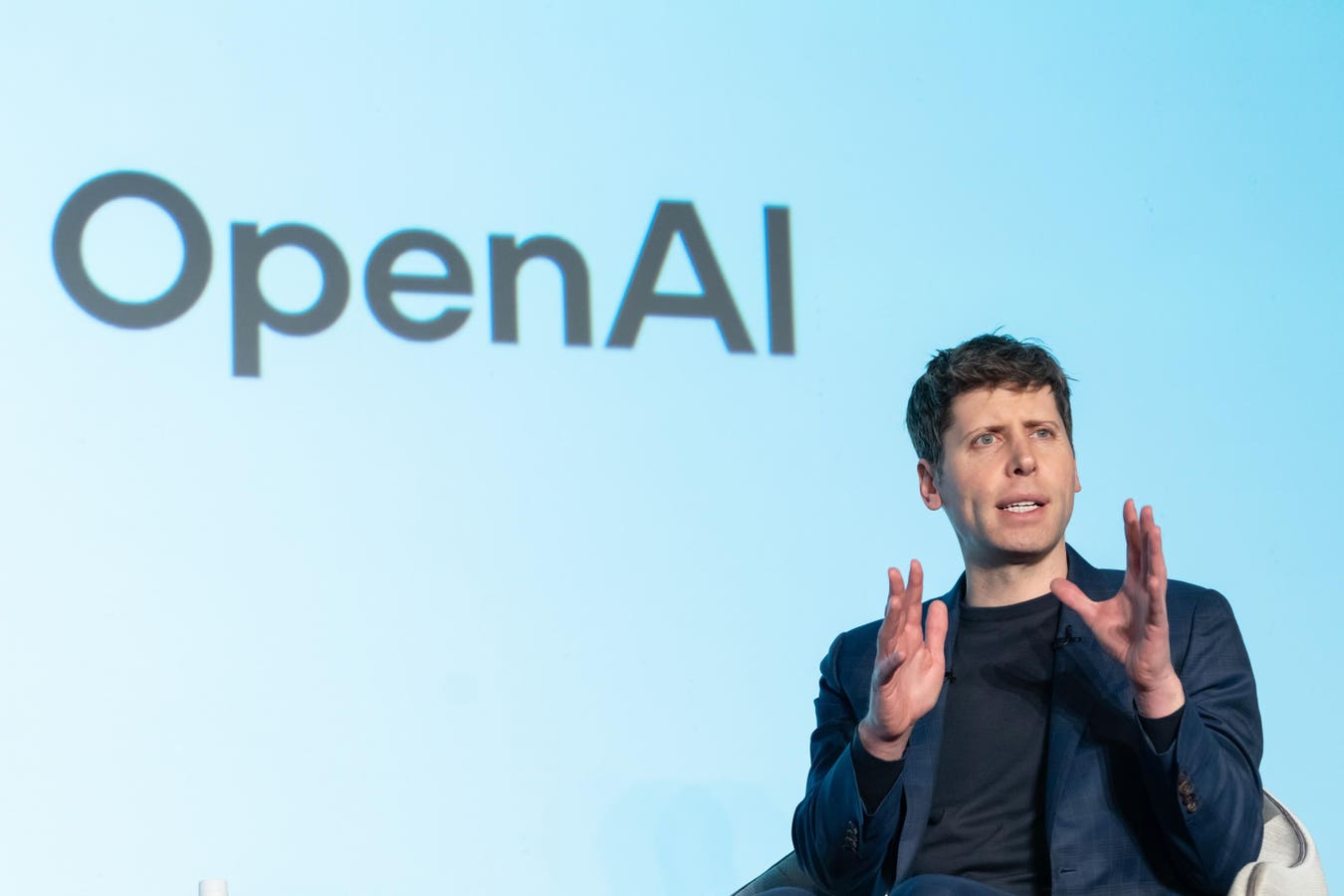Are Agentic AI Systems Quietly Taking Over Enterprises?
Imagine a future where AI agents run the majority of your company’s daily operations by handling complex tasks, managing workflows, and resolving customer issues around the clock, all while reporting to another AI agent manager who then reports to you. Picture reaching out to McKinsey and instead of a human consultant, being connected with a customized AI agent that provides expert insights instantly. That future is nearly here. Agentic AI is rapidly reshaping how enterprises operate. At Salesforce, these AI agents now manage 30 to 50 percent of internal workflows, and more than 85 percent of customer service inquiries are resolved by AI, dramatically easing the burden on human staff. CEO Marc Benioff, known for his bold branding, has even called himself the “Taylor Swift of Tech,” comparing Salesforce’s AI transformation to the sweeping impact of Swift’s multi-era world tours.
Salesforce isn’t alone. McKinsey & Company has introduced its own “Lilli” agents, AI tools capable of conducting deep research, generating data-driven insights, and producing presentation-ready charts and slides. As these systems evolve, they are poised to take over tasks traditionally assigned to junior consultants, potentially reshaping the firm’s hiring needs and operational structure.
The broader implication? We are moving toward a future where firms like McKinsey, BCG, Bain, or Deloitte might offer AI agents as the first point of contact—consultants that never sleep, scale instantly, and continually improve. The rise of enterprise AI agents is no longer speculative; it’s unfolding now, and fast.
But how far will it go? Could AI agents eventually displace 80-90% of today’s workforce within these firms? Will humans have a meaningful role in workflows as automation scales?
These are not just hypothetical questions—they are strategic imperatives. As agentic AI begins to power everything from back-office functions to client-facing operations, the challenge is clear: how do we keep humans meaningfully in the loop?
Here are three strategies to ensure that, even in an era of hyper-automation, the human touch remains essential to enterprise success.
1. Design Human-In-The-Loop (HITL) Agentic Ai Systems with Unique Human Roles
As Agentic AI systems increasingly take on core operational functions, it is imperative for enterprises to reimagine organizational roles and workflows to ensure continued and meaningful human involvement. Rather than assigning humans to tasks that AI can readily perform, the focus should shift toward areas where human expertise remains indispensable, such as strategic decision-making, ethical governance, nuanced client engagement, and cross-functional leadership. To enable this transition, organizations must design and implement robust human-in-the-loop (HITL) frameworks. These systems embed human oversight into AI-driven processes, particularly in high-impact areas like talent acquisition, financial decision-making, legal analysis, and healthcare. For instance, in a consulting environment, an AI agent might generate an initial draft of a client strategy or market report. However, it is the responsibility of the consultant to interpret the findings, tailor the insights to the client’s specific context, and ensure overall quality and relevance.
Supporting these evolving workflows are a new wave of hybrid roles such as AI strategy leads, human-AI collaboration specialists, and HITL analysts. These roles serve as essential interfaces between AI systems and business outcomes, safeguarding against errors while optimizing the value AI delivers. By embedding human judgment, accountability, and strategic alignment into AI-enabled operations, organizations can unlock the full promise of Agentic AI while maintaining human agency at the core of enterprise decision-making.
2. Build an AI-Ready Workforce for Human-AI Collaboration
As Agentic AI becomes increasingly integrated into enterprise operations, it is essential to invest in up skilling the workforce in both AI literacy and systems thinking. Employees need a clear understanding of how AI systems function, where they create value, and what their limitations are. This knowledge allows them to interpret AI outputs thoughtfully, identify potential risks or biases, and collaborate with these systems effectively. When AI is approached as a collaborative partner rather than a mysterious or autonomous tool, organizations can foster greater adoption, trust, and alignment with business goals.
For example, in financial services, portfolio managers who are trained in AI concepts can use algorithmic tools to enhance investment strategies while still applying their own market expertise for final decisions. In marketing, teams can combine AI-powered customer segmentation with human creativity to develop more tailored and impactful campaigns. By cultivating these skills across functions, companies create a workforce that is not only technically capable but also strategically positioned to guide and govern the responsible use of AI throughout the organization.
3. Establish AI Governance and Escalation Frameworks to Ensure Accountability
As AI systems are increasingly deployed in critical business functions, it is essential to establish strong governance and escalation frameworks to maintain oversight and accountability. These protocols ensure that when AI-generated recommendations conflict with legal standards, ethical principles, or stakeholder expectations, human experts can intervene. For example, in financial services, if an AI system produces a credit decision that appears biased, compliance officers should have the authority to pause and review the process before action is taken.
To support this oversight, organizations should form dedicated structures such as AI ethics boards or enterprise-level agent councils. These groups evaluate high-impact use cases, assess risk, and define clear escalation paths for teams interacting with AI systems. By embedding governance into the AI lifecycle, enterprises can scale intelligent automation responsibly while preserving human judgment and organizational integrity.
Leading Through the Age of AI Agents
Agentic AI is no longer a vision of the future; it is an active force reshaping the enterprise landscape. As organizations embrace these powerful systems, the challenge is not simply technological but deeply human. Success will depend on how well companies design for collaboration between intelligent agents and the people who guide them. By embedding thoughtful human oversight, investing in AI literacy, and governing automation with intention, enterprises can unlock the full potential of agentic AI while ensuring that people remain at the heart of innovation and decision-making.









